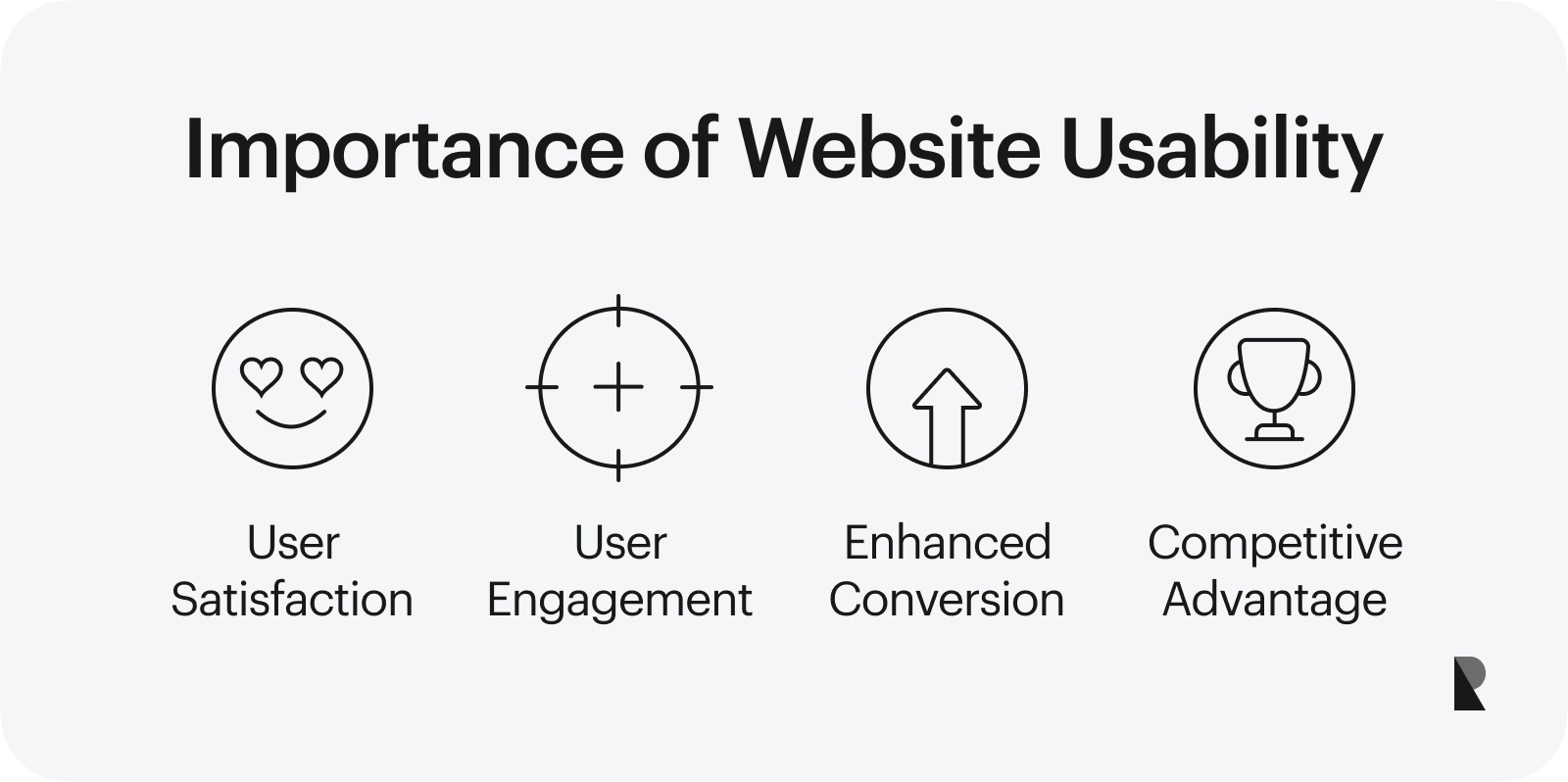Index Surge: Amplifying Your Insights
Stay updated with the latest trends and news across various industries.
Make Your Website So User-Friendly, Even Your Cat Could Navigate It
Transform your website into a purr-fectly user-friendly space that even your cat can navigate! Tips and tricks await inside!
Top 5 User-Friendly Design Principles for Your Website
Creating a user-friendly website is crucial for enhancing visitor engagement and ensuring smooth navigation. To start, consider the principle of simplicity. By keeping the design clean and avoiding unnecessary elements, users can focus on the content. It's important to use a clear navigation structure that allows visitors to easily find the information they need without feeling overwhelmed. Additionally, responsive design is vital in today's digital era; ensure your website functions seamlessly across all devices, providing an optimal experience for both mobile and desktop users.
Another key principle is the consistency in design elements. Using uniform fonts, colors, and styles helps create a cohesive look that reinforces your brand identity. Furthermore, incorporating visual hierarchy is essential; it guides users' attention to the most important elements on your page, such as calls-to-action and headlines. Lastly, don't underestimate the power of readability. Choose legible fonts and sizes, and maintain adequate contrast between text and background to ensure that your content is accessible to all visitors.

How to Create Intuitive Navigation: A Step-by-Step Guide
Creating intuitive navigation for your website is essential for enhancing user experience and boosting SEO. Start by understanding your audience's needs and preferences. Perform thorough research to determine what information they seek and how they typically browse. Once you have this insight, outline a clear site structure by categorizing your content logically. Consider implementing a hierarchical menu that allows users to easily access main sections and sub-sections of your site. A well-defined menu reduces confusion and encourages visitors to explore more.
Next, prioritize the placement of your navigation elements. Place the main menu at the top of your page, where users naturally expect it. Utilize descriptive labels that accurately represent the content of each section; this helps visitors quickly identify what they are looking for. Additionally, consider incorporating a search bar to further facilitate easy navigation. As you design, ensure that links are easily identifiable, and always test your navigation with real users to gather feedback. This iterative process will help you refine your navigation system, making it more intuitive and user-friendly.
Is Your Website User-Friendly Enough for a Cat to Use?
When assessing whether your website is user-friendly enough for a cat to use, it's essential to consider the fundamental aspects of user experience. Cats are known for their curious nature, but they also exhibit particular preferences that mirror the needs of human users. Start by evaluating the navigation of your site: is it simple and intuitive? A clear menu structure with recognizable icons can significantly enhance the browsing experience, allowing even the most reluctant feline to paw its way through your content.
Furthermore, consider the design and layout of your pages. A clean, clutter-free aesthetic is not only visually appealing but also aids in usability. Incorporating ample white space and large, clickable buttons will make your site more accessible, even to a cat's paw! Remember, a user-friendly website should prioritize visual hierarchy, ensuring that the most important information stands out like a cozy sunbeam inviting a cat to lounge.